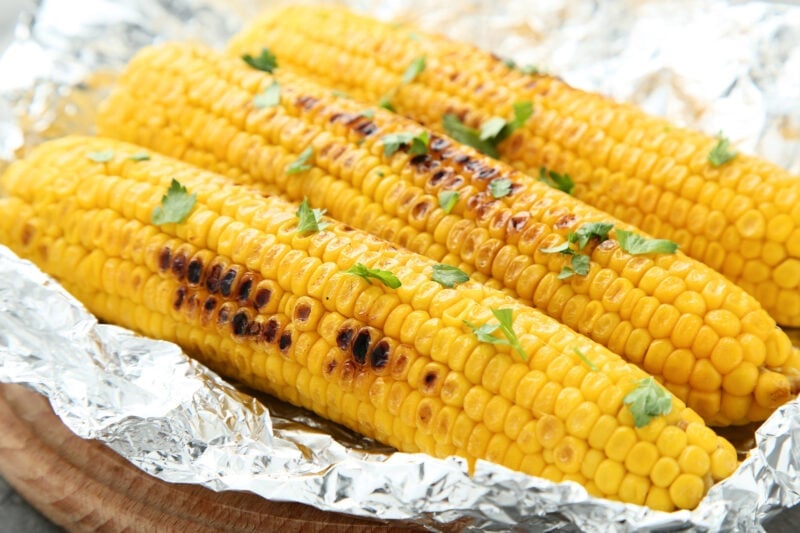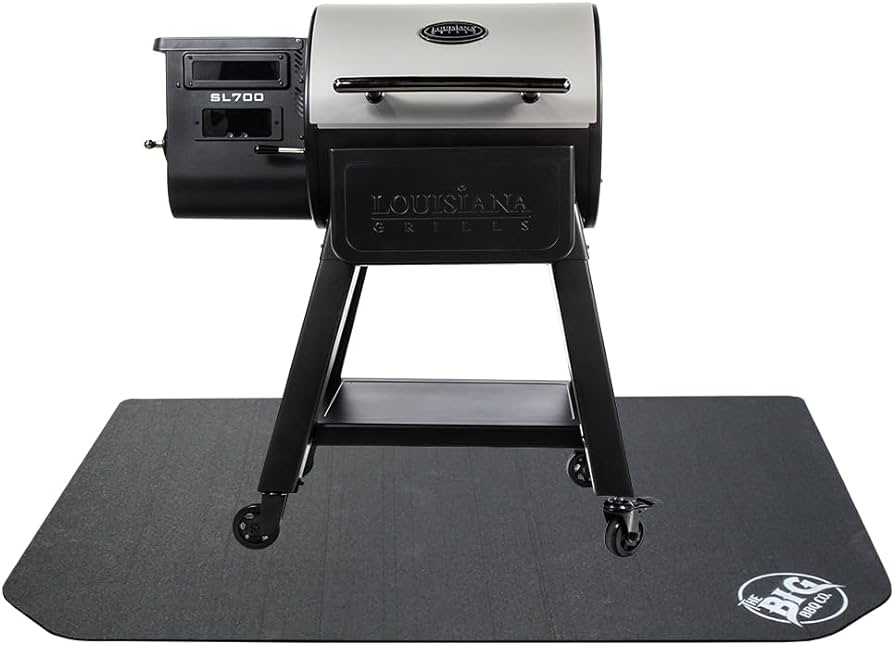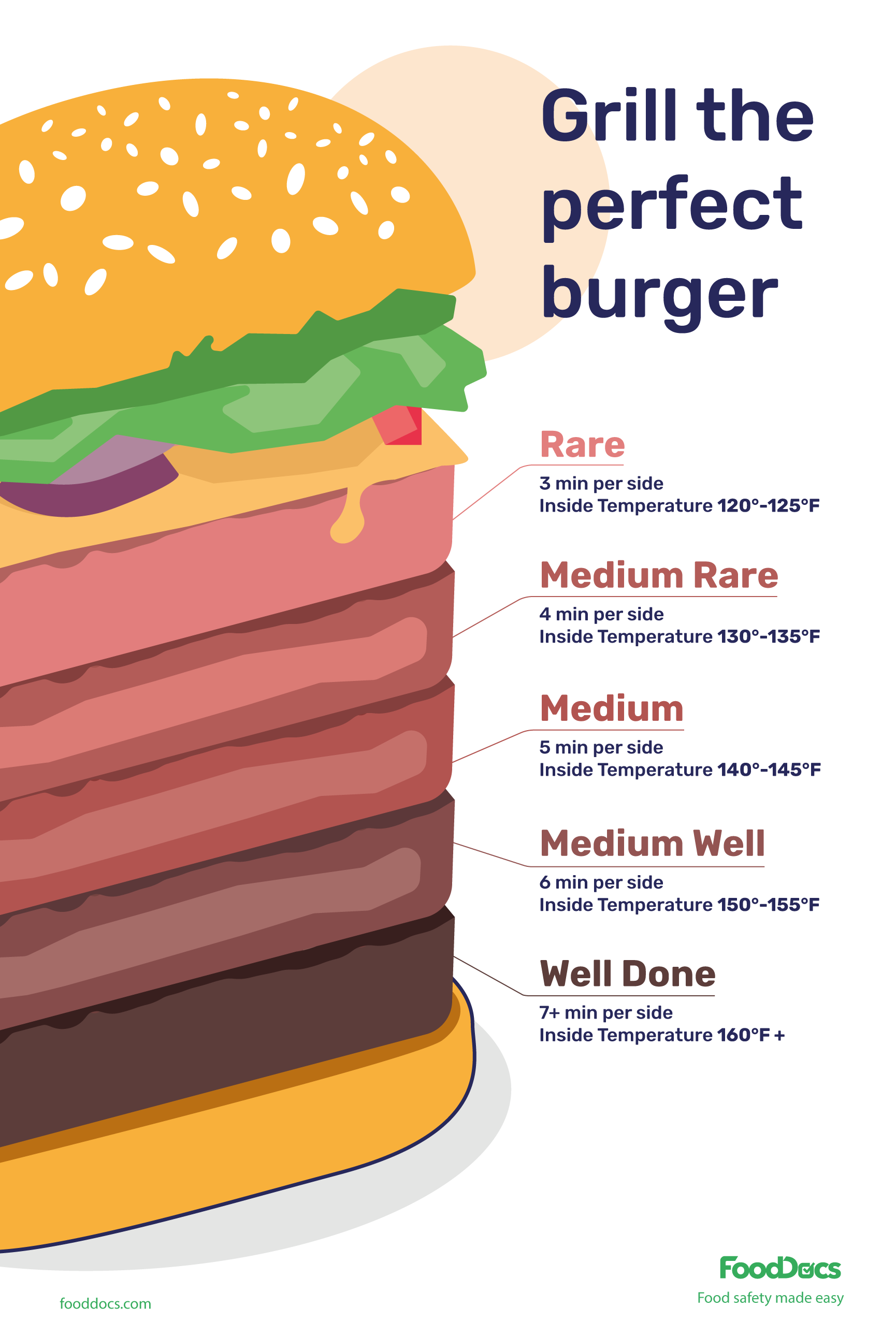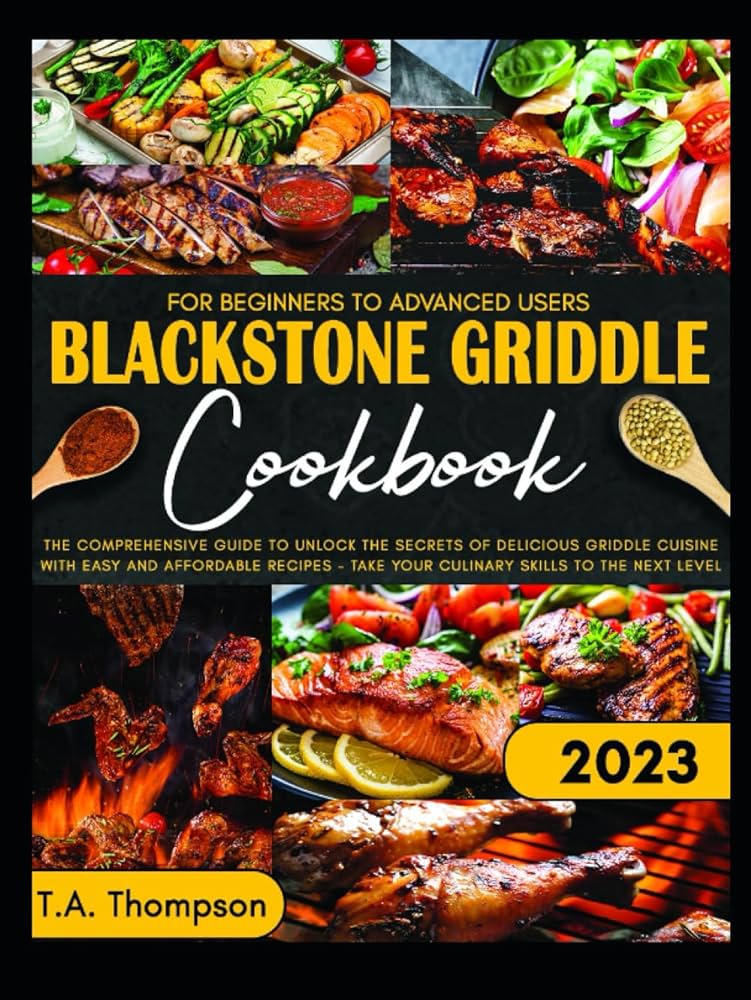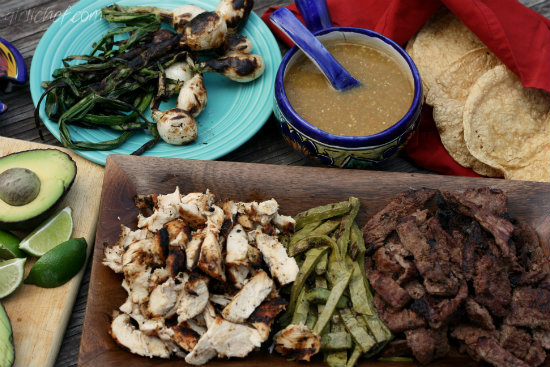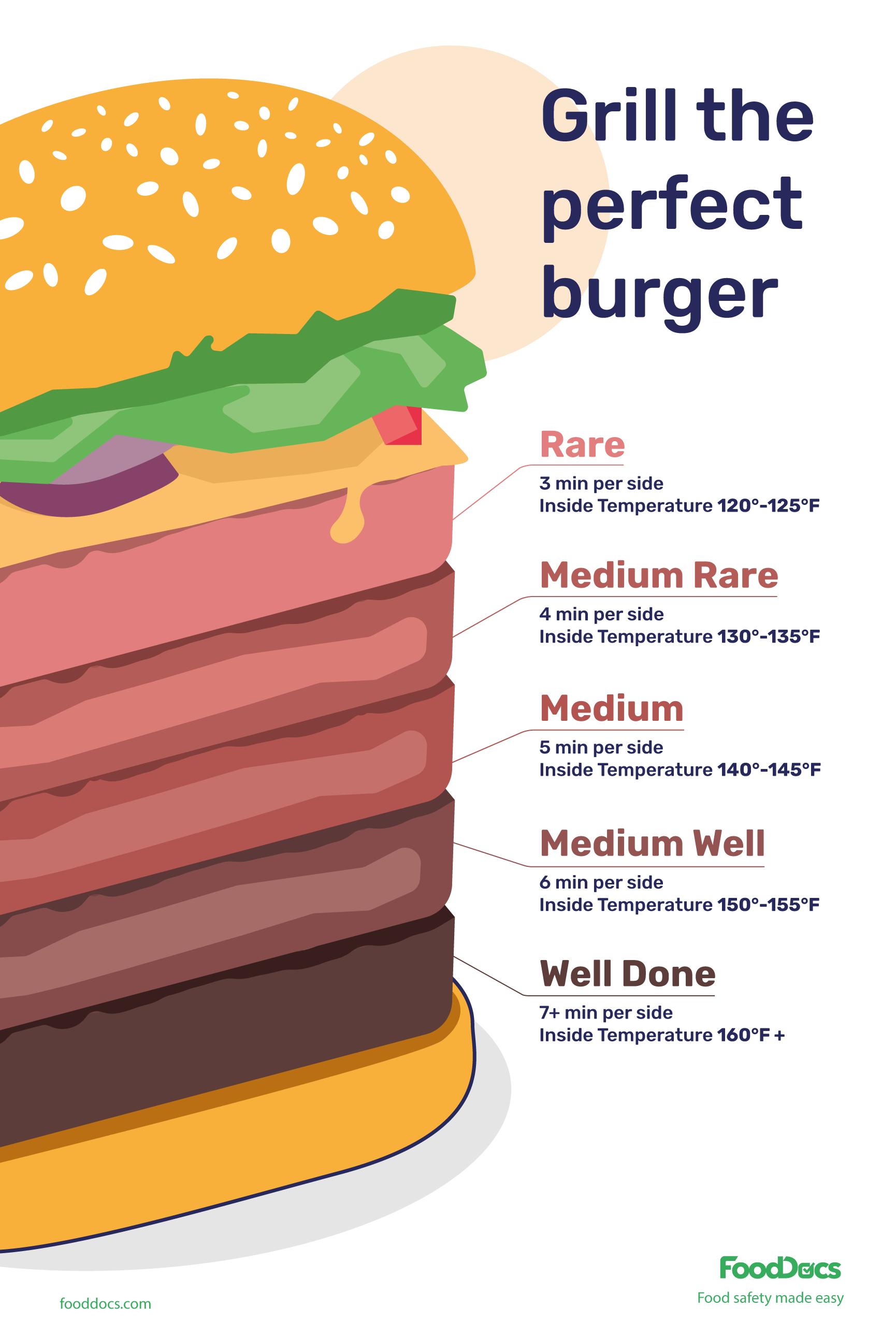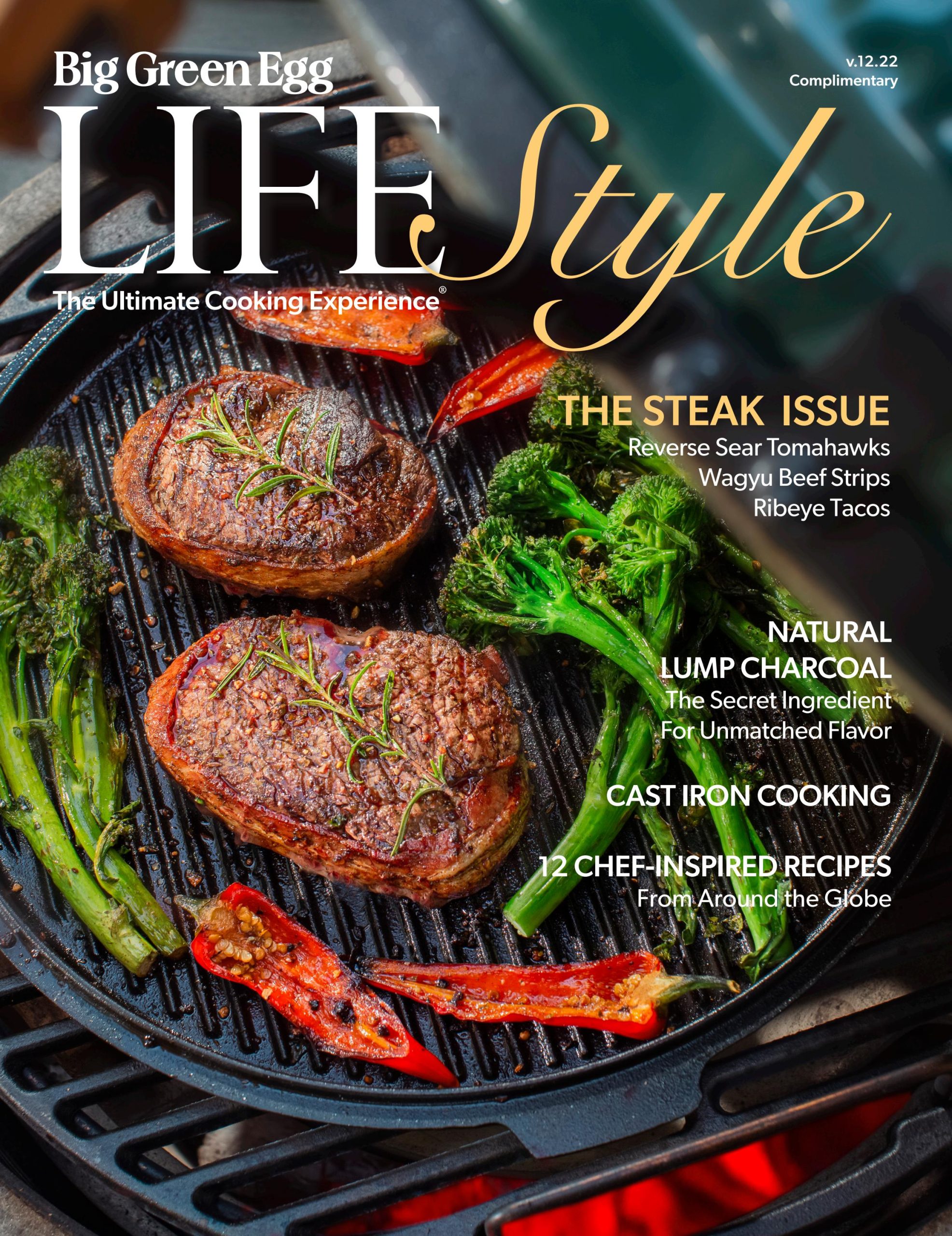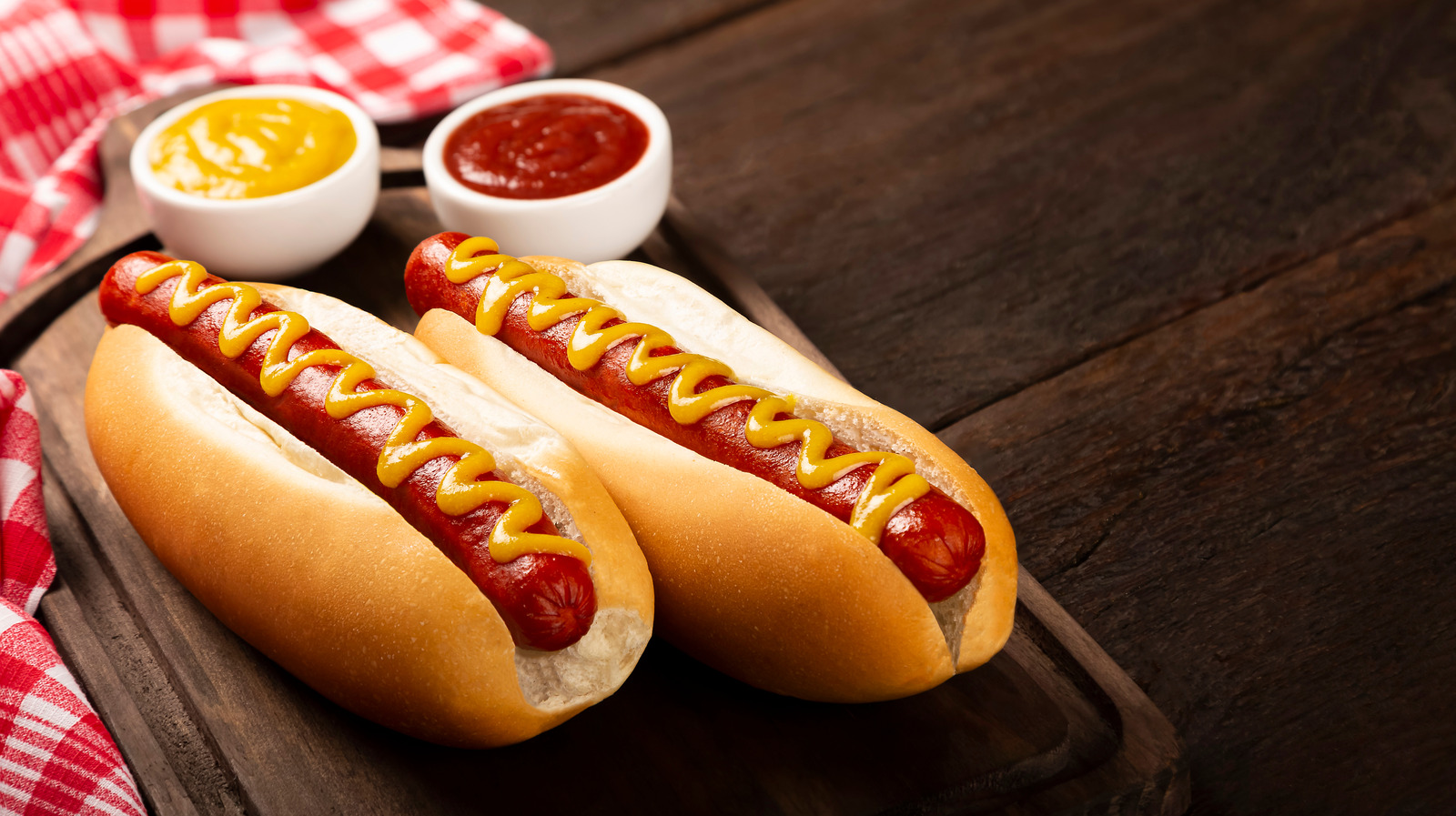How to Reheat Corn on the Cob with Flavorful Results
– Boiling water is one option for reheating corn on the cob. Boil for 2 minutes.
– Air fryers can also be used to reheat corn. Preheat to 350°F and cook for 3 to 4 minutes.
– Grilling is another method. Brush corn with oil or butter and rotate on medium-heat grill for about 2 rotations.
– To freeze corn on the cob, cut off the kernels and spread them in a single layer on a parchment-lined tray. Freeze for 30 to 60 minutes, then transfer to a freezer-safe bag and label. Can be frozen for up to 12 months.
– To reheat frozen corn, rinse with cold water and cook in a skillet with butter for about 5 minutes. Season to taste.
– The oven method involves preheating to 400°F, adding water to the baking dish, covering with aluminum foil, and reheating for 5 minutes.
– The broiler method involves preheating the broiler, placing the corn on a rack over a sheet pan, broiling for 1 minute, rotating and repeating the process twice.
– The microwave method involves placing the corn in a microwave-safe dish with water, covering with a damp towel, microwaving for 30 seconds, flipping and microwaving for another 30 seconds.
